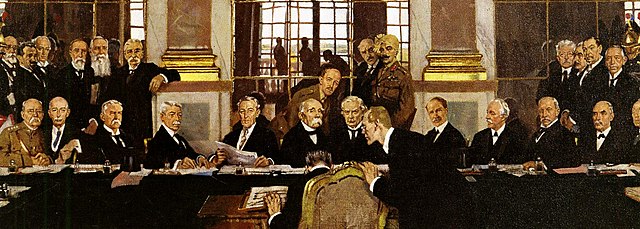
Maharaja Ganga Singh was a visionary leader who transformed the princely state of Bikaner into a modern and prosperous state. He introduced a number of reforms that improved the lives of its people, including the establishment of the Praja Pratinidhi Sabha, a legislative assembly. He was also a strong advocate for self-government in India. Learn more about Maharaja Ganga Singh and his legacy here.
Maharaja Ganga Singh was the ruler of the princely state of Bikaner from 1888 to 1943. He was a visionary leader who transformed Bikaner into a modern and prosperous state.
Singh was born in 1880 to the Maharaja of Bikaner, Lal Singh. He was educated at Mayo College in Ajmer and Sandhurst Military Academy in England. After returning to India, he served in the British Indian Army and fought in the Boxer Rebellion in China.
In 1887, Singh ascended to the throne of Bikaner at the age of 8. He was a young and inexperienced ruler, but he quickly proved himself to be a capable and visionary leader. He introduced a number of reforms that modernized Bikaner and improved the lives of its people.
One of Singh’s most important reforms was the establishment of the Praja Pratinidhi Sabha, a legislative assembly. This was the first time that the people of Bikaner had a say in the government of their state. Singh also established schools, hospitals, and other public institutions. He also improved the infrastructure of Bikaner, building roads, railways, and canals.
Singh was a strong advocate for self-government for India. He attended the Paris Peace Conference in 1919 and sent a letter to the British government demanding self-government for India. He also participated in the Round Table Conferences in London in 1930, 1931, and 1932.
Singh was a great patron of the arts and sciences. He built a number of museums and art galleries in Bikaner. He also founded the Ganga Singh Museum in Bikaner, which is one of the largest museums in India.
Singh was a popular and respected ruler. He died in 1943 at the age of 62. He is remembered as one of the most important figures in the history of Bikaner.
Here are some of the keywords that you can use throughout the article:
- Maharaja Ganga Singh
- Bikaner
- Princely state
- Visionary leader
- Modernization
- Reforms
- Infrastructure
- Self-government
- Arts and Sciences
- Museums
- Art galleries
- Ganga Singh Museum
- Popular and respected ruler
- Death
- Legacy
Conclusion: Maharaja Ganga Singh was a remarkable man who made many contributions to India and the world. He was a visionary leader, a strong advocate for self-government, and a great patron of the arts and sciences. He will be remembered as one of the most important figures in Indian history.
